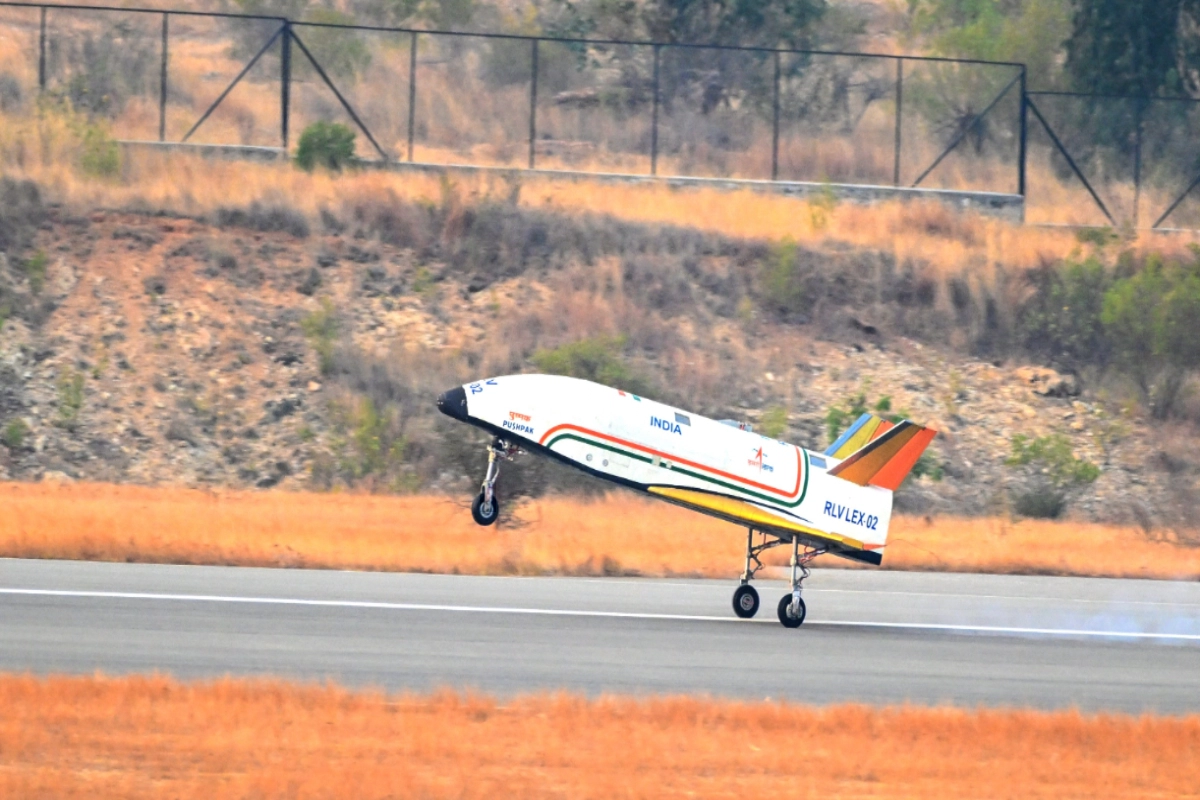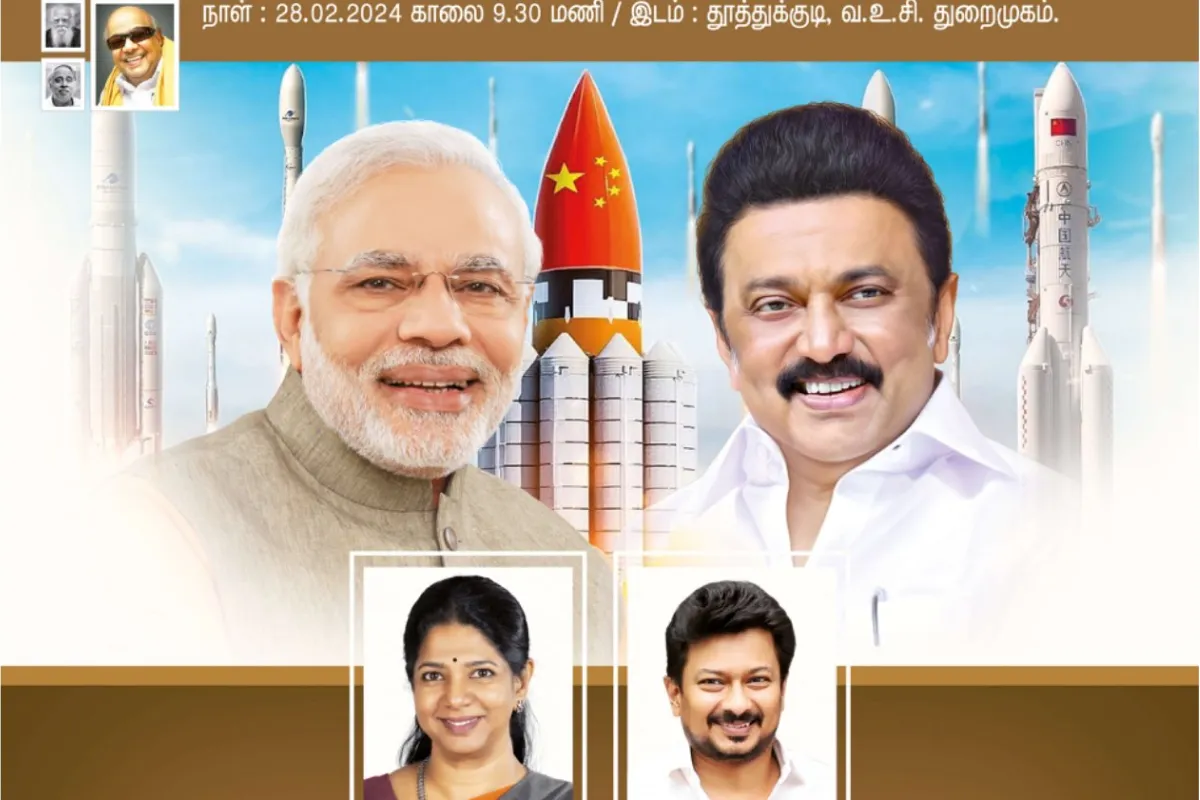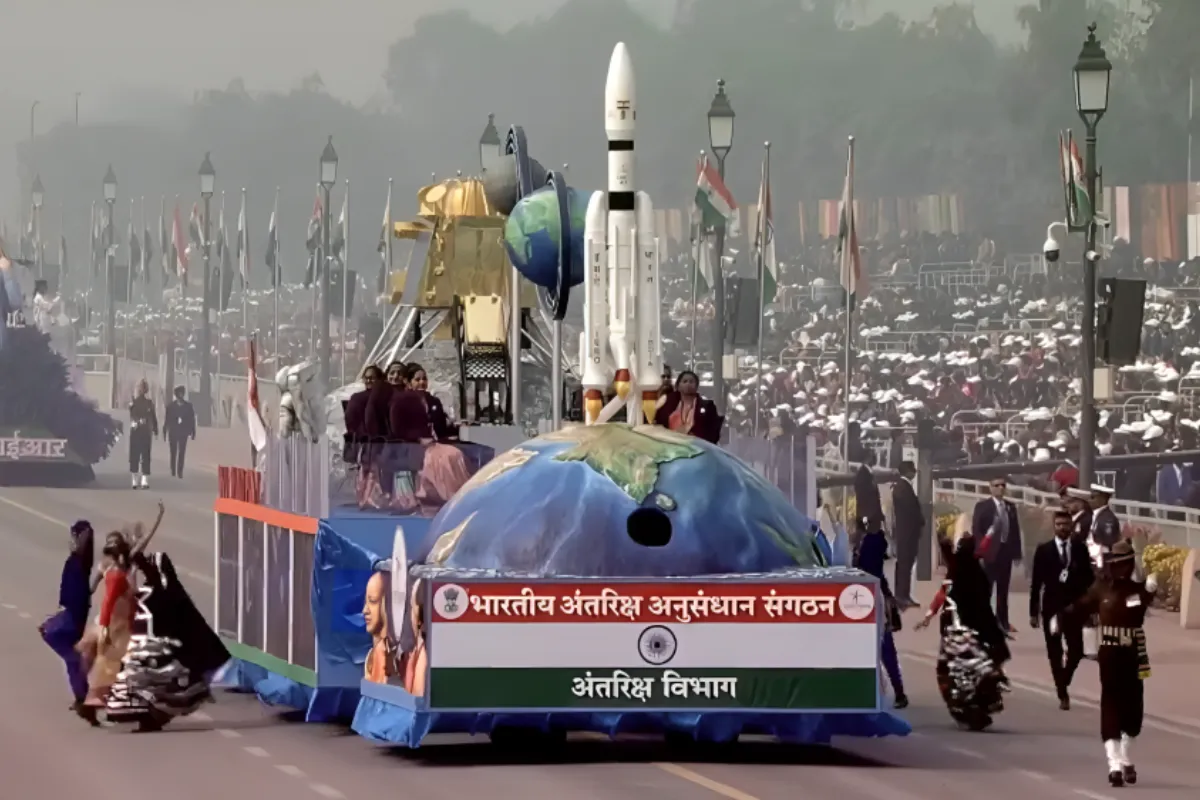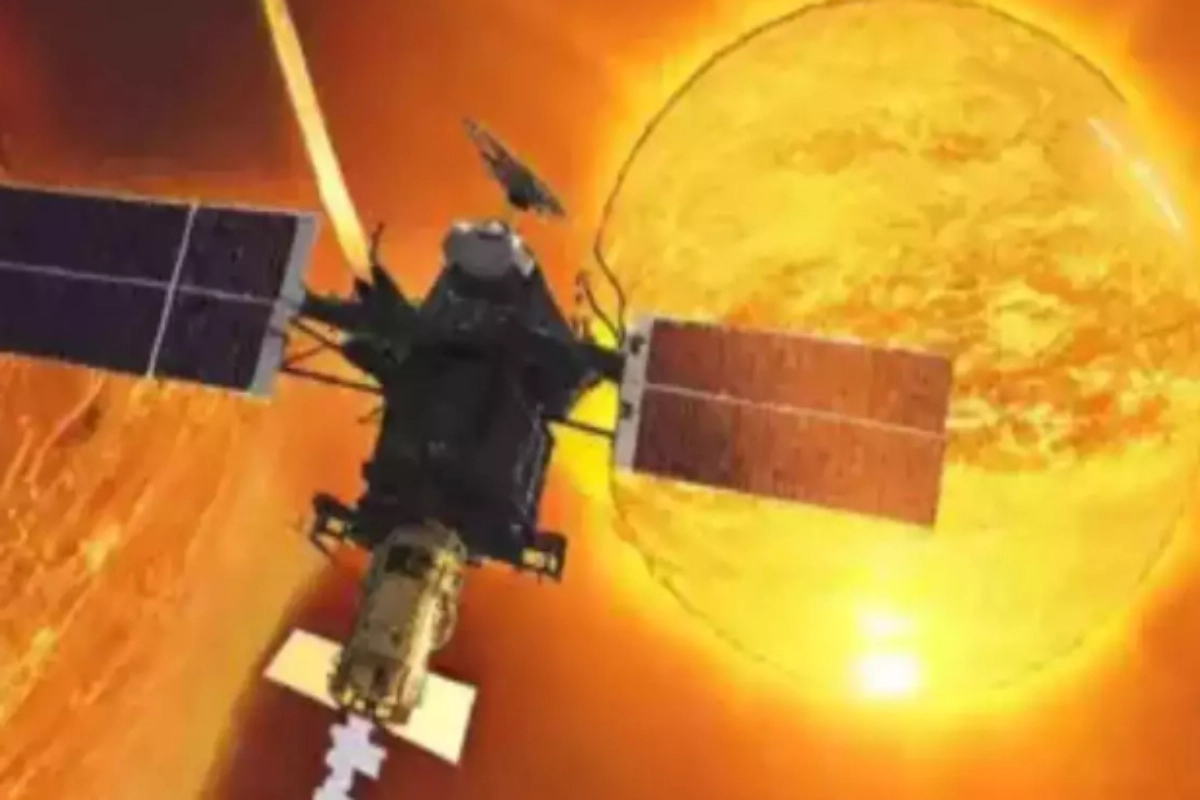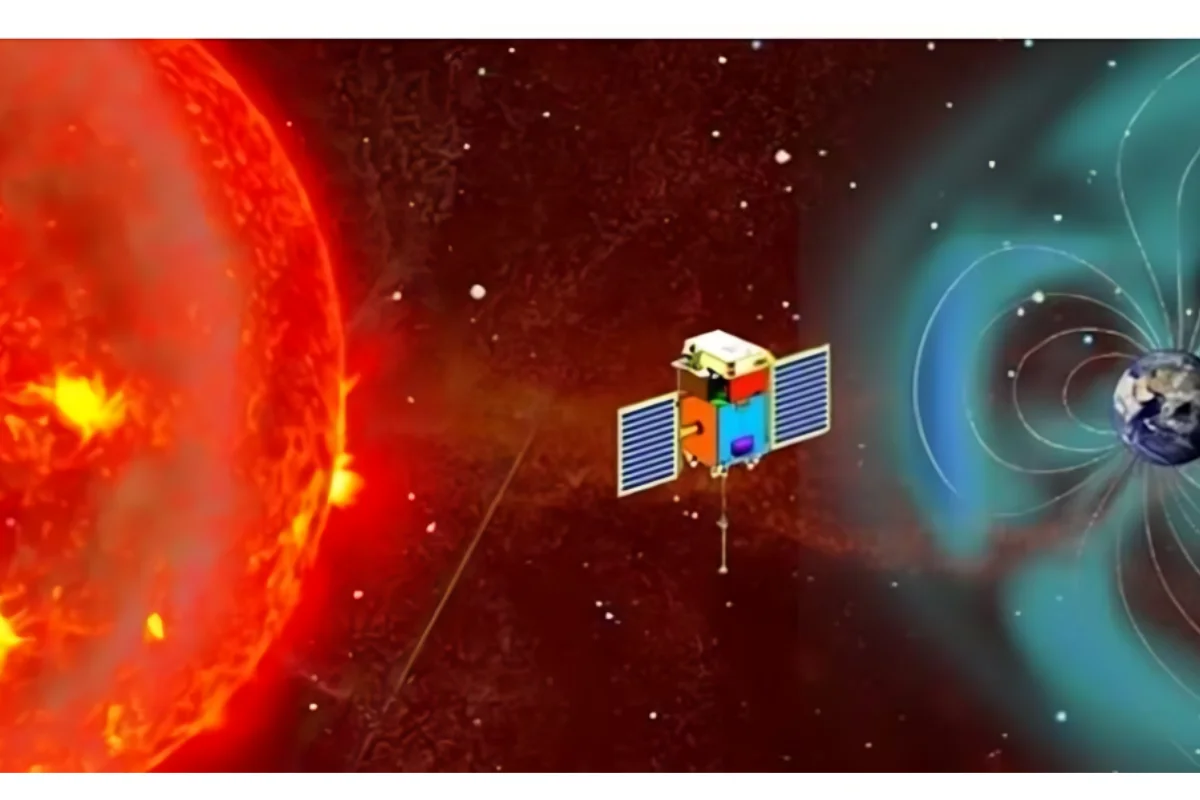Chandrayaan-3 made history by successfully landing on the Moon, and now the Indian Space Research Organisation (ISRO) is gearing up for another significant mission. The upcoming Aditya-L1 mission, set to launch on September 2, marks India’s ambitious quest to explore and study the Sun, a celestial body that has captivated scientists and space enthusiasts for centuries.
The Aditya-L1 spacecraft is fully prepared for its journey, as confirmed by Nilesh M Desai, the Director of Space Applications Centre at ISRO’s Ahmedabad. The launch will be facilitated by an ISRO PSLV rocket from the Satish Dhawan Space Centre SHAR (SDSC SHAR) located in Sriharikota.
Aditya-L1 spacecraft will embark on a 127-day journey to reach its destination
Upon launch, the Aditya-L1 spacecraft will embark on a 127-day journey to reach its destination, which is approximately 1.5 million kilometers away from Earth. This strategic position will place Aditya-L1 in a highly elliptical orbit, granting it the capability to closely observe the Sun’s activities, monitor solar phenomena, and significantly enhance our comprehension of the pivotal star that sustains life on our planet.
The core instrument aboard the Aditya-L1 spacecraft is the Visible Emission Line Coronagraph (VELC). This advanced technology will enable the spacecraft to capture images and conduct spectroscopic analyses of the Sun, offering deeper insights into the underlying scientific processes that drive this celestial body.
Aditya-L1 spacecraft will be outfitted with six additional scientific instruments
Alongside the VELC, the Aditya-L1 spacecraft will be outfitted with six additional scientific instruments. Four of these payloads will directly observe the Sun from the vantage point of the L1 Lagrange point, a special location in the Earth-Sun system that provides an uninterrupted view of the Sun. The remaining three payloads will carry out in-situ studies of particles and fields within the L1 Lagrange point.
Notably, the L1 point is currently occupied by NASA’s Solar and Heliospheric Observatory Satellite (SOHO), underscoring its significance for continuous and comprehensive solar observations.
In essence, the Aditya-L1 mission represents India’s bold step towards unraveling the mysteries of the Sun. By leveraging cutting-edge technology and a strategic orbit, the mission aims to expand our understanding of solar dynamics and phenomena, contributing to the broader advancement of space science and human knowledge.



